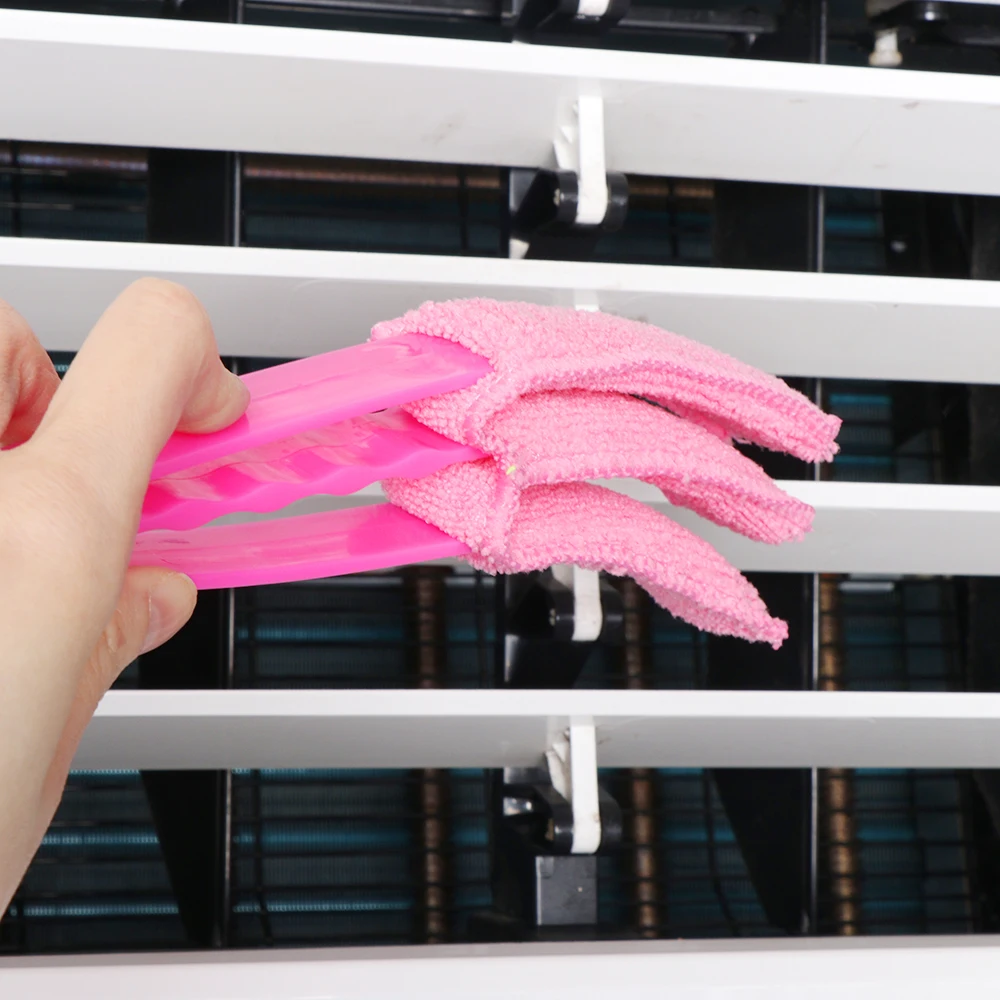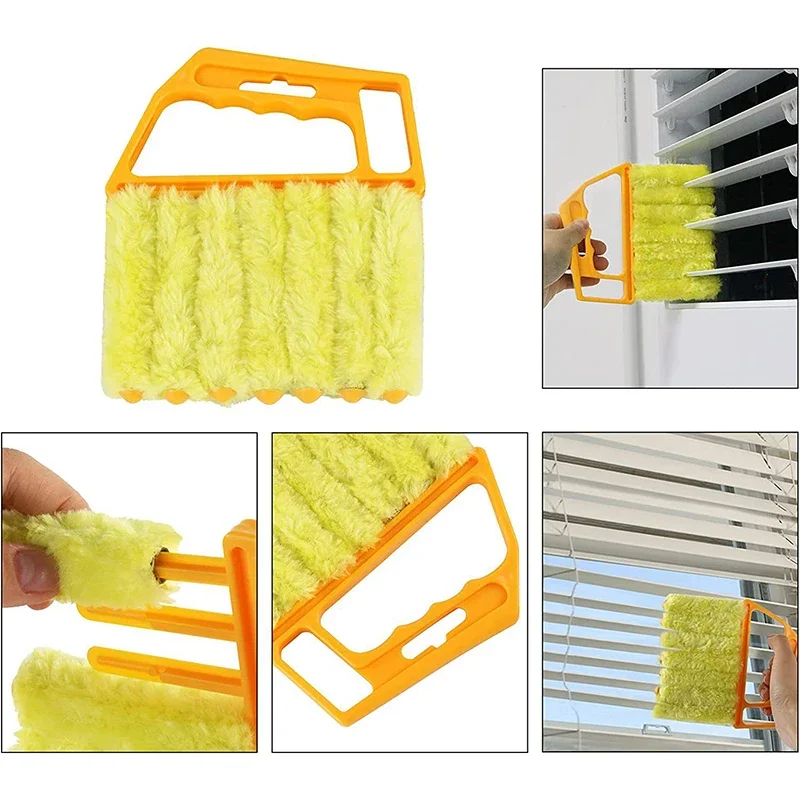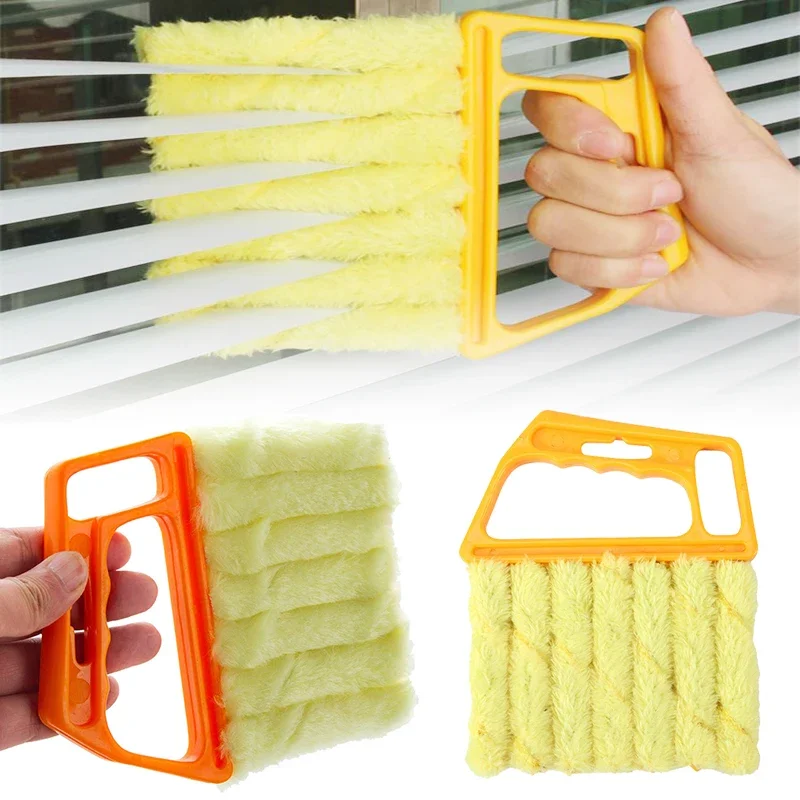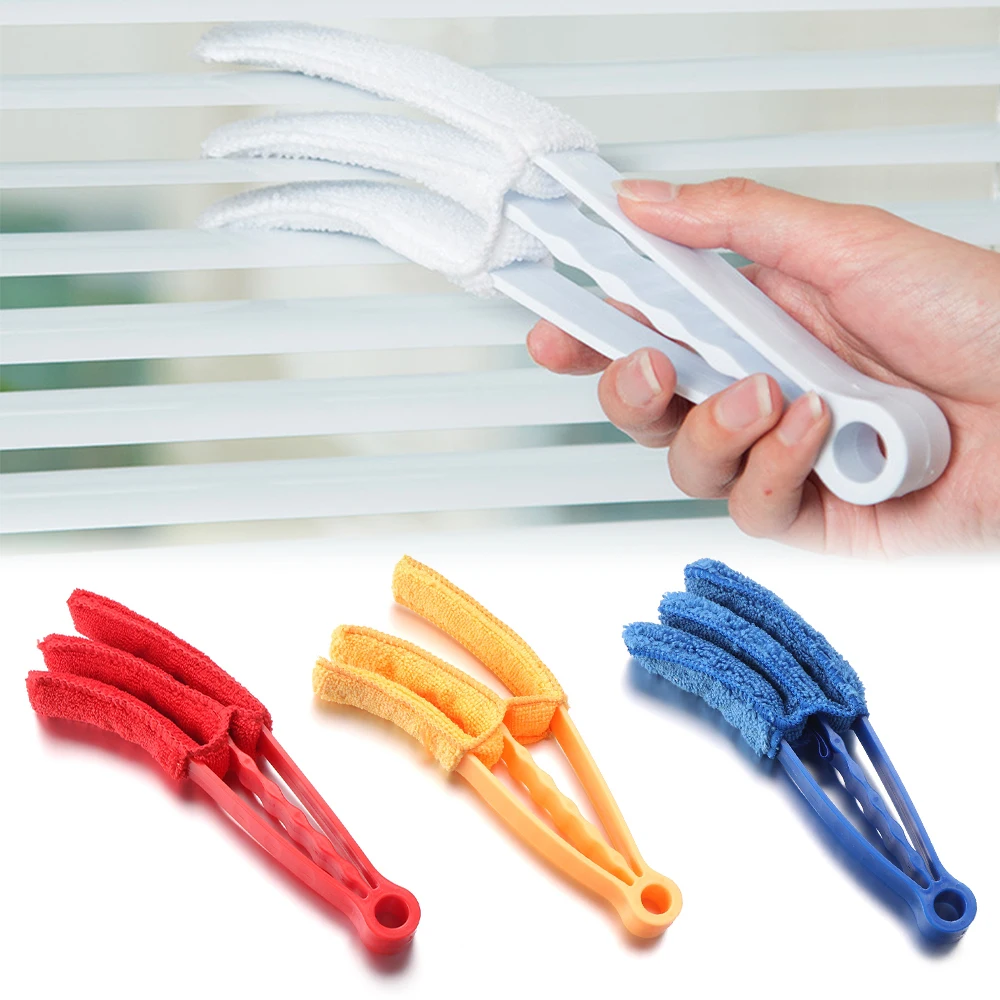Essential Tools for Quick Blind Cleaning
To keep your blinds in optimal condition without spending too much time, it’s crucial to equip yourself with the right tools. Quick and efficient blind cleaning demands both basic and advanced clean blinds tools which are designed to make the task easier and faster.
Overview of Basic Cleaning Supplies
The foundation of blind cleaning starts with basic cleaning tools. Every homeowner should have these essential supplies:
- Microfiber Cloths: Ideal for dust removal without leaving scratches or debris.
- Vacuum with Brush Attachments: Helps in removing dust from blinds without having to dismantle them.
- Dusting Spray or Polish: Enhances the dust-gathering abilities of your tools and provides a quick, clean finish.
- Mild Dish Soap and Warm Water: For handling more persistent stains and grime.
- Clean Socks or a Soft Brush: Simple tools around the house that can be effective in wiping down the slats.
These items facilitate a basic level of maintenance that can prevent dust and dirt from accumulating and ensure that blinds look their best.
Advanced Tools for Effective Cleaning
For those looking to up their blind cleaning game, there are more sophisticated tools that can speed up the cleaning process and increase effectiveness:
- Hand-held Vacuum Cleaners: Small and powerful, they can get into small spaces and are easy to maneuver.
- Ultrasonic Blind Cleaners: These use high-frequency sound waves to clean blinds thoroughly, ideal for deep cleans.
- Motorized Blind Dusters and Cleaners: These tools do most of the work for you with minimal effort required.
- Steam Cleaners: Use steam to dissolve dirt and grime quickly while also sanitizing the blinds.
By investing in these advanced tools, homeowners can ensure that the process of how to clean blinds fast is not only effective but also less time-consuming. Regular use of these tools as part of your cleaning routine can dramatically decrease the effort required during each cleaning session, making it easier to maintain beautiful and clean blinds year-round.
Regular Maintenance Schedule
For busy homeowners aiming to maintain clean blinds, a consistent schedule is critical. Regular maintenance prevents dirt build-up and extends the life of your blinds. Implementing weekly and monthly cleaning routines can save time and hassle in the long run.
Tips for Weekly Dusting
Weekly dusting should be quick and straightforward. Here are simple tips to follow:
- Use a microfiber cloth or duster: Gently wipe each slat from top to bottom to trap dust particles.
- Employ a vacuum with a brush attachment: This tool can whisk away dust without needing to touch each blind.
- Start from the top: Always begin dusting from the top to avoid resettling dust on cleaned areas.
- Be systematic: Work your way through each blind to ensure no slat is overlooked.
Consistent weekly dusting is the cornerstone of blind maintenance that ensures minimal effort during deeper cleans.

Monthly Deep Cleaning Techniques
Deep cleaning blinds once a month can address any build-up that weekly dusting misses. Below are proven methods for a thorough cleaning:
- Damp Clean: Mildly dampen a microfiber cloth with water and a drop of dish soap for a deeper clean without removing blinds.
- Soak and Rinse: For detachable blinds, soak in warm soapy water, rinse thoroughly, and dry before rehanging.
- Targeted Treatment: For tough stains, apply a cleaning solution directly on the affected area, then wipe off with a damp cloth.
- Dry Thoroughly: Never leave blinds damp; always ensure they are completely dry to prevent warping or discoloration.
The combination of regular weekly dusting and monthly deep cleaning ensures that blinds are not only clean but also well maintained.
Quick Cleaning Steps for All Types of Blinds
Keeping your blinds clean doesn’t have to be a daunting task. With the right strategies, you can quickly and effectively clean blinds of all types, from vinyl to wood, and enhance their longevity. Here’s how you can maintain your blinds with minimal effort:
Daily Dusting Practices
Daily dusting is a simple yet effective way to keep blinds looking fresh.
- Use a Microfiber Cloth: Quickly run a microfiber cloth along each slat to capture dust.
- Light Vacuuming: Use a soft brush attachment to gently vacuum the slats without damaging them.
- Start from the Top: Dust from the top down to prevent resettling dust on clean areas.
Incorporating these practices into your daily routine prevents heavy buildup and keeps maintenance to a minimum.
Monthly In-depth Cleaning
A thorough clean once a month can refresh your blinds and tackle any accumulated grime that daily dusting can’t handle.
- Dust or Vacuum First: Remove loose dust with a dry method before any wet cleaning.
- Wipe Down: Use a damp microfiber cloth mixed with mild dish soap to gently scrub the blinds.
- Rinse with a Damp Cloth: Remove soap residue with a clean, damp cloth.
- Dry Completely: Ensure blinds are completely dry before closing them to avoid water marks.
Implementing these steps will not only keep your blinds in top condition but also improve the overall appearance of your living space.
Homemade Cleaning Solutions
Creating your own cleaning solutions can be both cost-effective and environmentally friendly. Using simple ingredients found at home, you can concoce a variety of blends that effectively clean blinds without harsh chemicals. These homemade mixtures are not only gentle on different materials but also ensure that your blinds retain their aesthetic appeal.
Ingredients for Effective DIY Cleaners
To start, gather common household items like:
- Distilled White Vinegar: Acts as a natural disinfectant and breaks down dirt.
- Baking Soda: Helps to remove tough stains and neutralizes odors.
- Lemon Juice: Adds a refreshing scent and has grease-cutting properties.
- Essential Oils: Optional for adding fragrance and additional antibacterial effects.
These ingredients are safe for most types of blinds and are effective in removing dust and grime.

Step-by-step Guide to Making Blind Cleaning Solutions
Here’s how to create a basic yet powerful cleaning solution:
- Mix Ingredients: Combine 1 cup of distilled water with 1 cup of white vinegar.
- Add Scent: For a pleasant aroma, add 10-15 drops of your favorite essential oil.
- Incorporate Baking Soda: For tougher stains, add 2 tablespoons of baking soda.
- Blend Thoroughly: Stir the mixture well until all components are perfectly blended.
- Store Properly: Pour the solution into a spray bottle for easy application.
- Usage: Spray lightly on the blinds and wipe with a microfiber cloth for best results.
By following these steps, you can ensure that your blinds are not only clean but also maintained in a safe, non-toxic manner. Regular use of these solutions can help in prolonging the life and appearance of your blinds.
Innovative Cleaning Hacks
Cleaning blinds can be time-consuming, but with these tricks, it’s quicker and easier.
Using Tongs and Sponges
For a clever and effective way to clean blinds, try the tongs and sponges method. Here’s how:
- Gather Supplies: You need kitchen tongs, two sponges, and rubber bands.
- Attach Sponges: Wet the sponges, squeeze out excess water, and attach them to the tongs using rubber bands.
- Clamp and Slide: Clamp the tongs on each slat and slide from end to end to clean both sides simultaneously.
This technique lets you clean both sides of the blinds at once, which speeds up the process.
Cleaning with a Sock Technique
Another innovative hack is using a clean sock to wipe down the blinds:
- Prepare the Sock: Wet the outside of a clean sock with a water and vinegar solution.
- Wear the Sock: Place your hand inside the sock.
- Swipe Each Slat: Clamp each slat with your sock-covered hand, slide from end to end, capturing dust on both sides.
Rinse the sock as needed, and continue until all slats are clean.
These techniques ensure fast and effective blind cleaning, perfect for busy homeowners.
Caring for Different Materials
Caring for your blinds correctly extends their life and keeps them looking sharp. Different materials require specific techniques for cleaning. Here’s how to tackle vinyl, wood, fabric, and aluminum blinds.
Techniques for Vinyl and Wood Blinds
For vinyl blinds, use a mixture of water and vinegar. Dip a microfiber cloth in the mixture, wring it out, and wipe each slat. For wood blinds, avoid excess water to prevent damage. Instead, dust with a dry cloth or use a small amount of wood polish for shine.
Best Practices for Fabric and Aluminum Blinds
Fabric blinds need gentle cleaning. Use a vacuum with a brush attachment to remove dust. Spot-treat stains with mild soap and water, dabbing carefully. Aluminum blinds can handle more moisture. Wipe them with a damp cloth and a mild detergent solution, then dry them off to avoid water spots.

Professional versus DIY Cleaning
Choosing between professional services and DIY methods is key in maintaining spotless blinds.
When to Call a Professional
Here are situations where it might be best to hire a professional:
- Deep Grime Accumulation: When blinds have heavy dirt or stains.
- Special Materials: Blinds made of unique materials need expert care.
- Large Scale Cleaning: Numerous or large windows can be overwhelming for one person.
- Time Constraints: If you’re too busy, professionals save you time.
- Warranty Considerations: Professionals ensure no void of blinds’ warranty.
It is wise to consider professional cleaning services when faced with such conditions.
Benefits of Regular DIY Cleaning
Regular DIY cleaning offers several advantages:
- Cost Savings: DIY is more affordable than hiring a professional.
- Immediate Action: Clean whenever needed, no waiting for appointments.
- Personal Care: Attention to detail that only a homeowner can provide.
- Health Benefits: Reduce allergens by maintaining a clean environment.
- Satisfaction: There’s a sense of pride in keeping your home tidy.
By understanding how to clean blinds fast and adopting a DIY routine, you can ensure your window treatments are always in pristine condition. Regular DIY cleaning not only keeps your home looking great, but it’s also good for health and budget-friendly.








